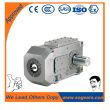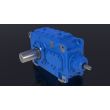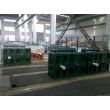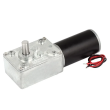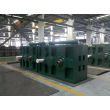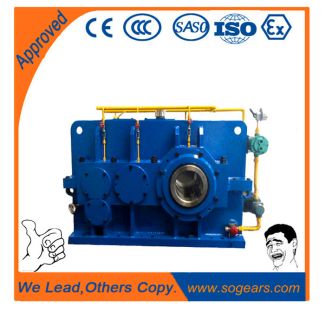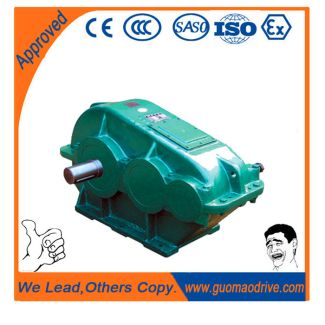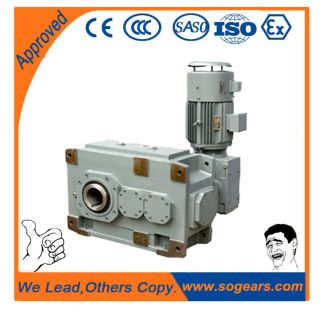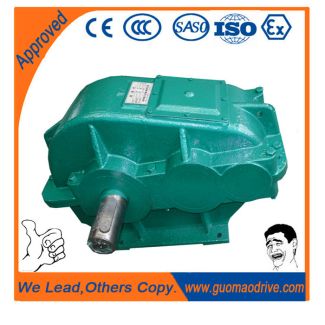H4-CV12A shaft with spline acc to DIN K Flanged shaft F M Helical speed reduction gearboxes H4
In stock
SKU
H4-CV12A
$13,392.86
Flender/Flender Gear Units/Helical speed reduction gearboxes H4
has been the DIN standard which covers wide range of products, including gears, and is aggressively promoted by West Germany. DIN has assisted standards development agencies, in general, in the less developed countries (LDCs) 2 and, with respect to gears,
DIN has assisted standards development agencies, in general, in the less developed countries (LDCs) 2 and, with respect to gears,  in such countries as China; Saudi Arabia, which influences other neighboring countries; Brazil; 2 and the Soviet Union.2 Both the
in such countries as China; Saudi Arabia, which influences other neighboring countries; Brazil; 2 and the Soviet Union.2 Both the  .. and Japanese industries, as well as those of 2 other countries, work through the ISO to present their own
.. and Japanese industries, as well as those of 2 other countries, work through the ISO to present their own  views on standar&, but their budgets for this purpose are believed to be considerably less than such funding in West Germany. The aggressive marketing of the DIN standards has greatly facilitated the acceptance of West German products into foreign markets at the expense of competitors. Presently, the .. gear industry manufactures almost exclusively to AGMA standards. Since AGMA standards are widely accepted in only few markets, export opportunities have been limited. With respect to gear exports to the EC, the .. industry argues that the costs of redesigning and manufacturing gears to other national standards for this market may be prohibitively expensive. 2 different point of view on the subject of manufacturing to more than one national/intemational standard was voiced to the Commission by major West German gear producer that manufactures in the United States. This company stated that, in general, foreign-owned companies must and do comply with more than one set of standards, as it does by manufacturing all of its gearproducts sold in the United States to AGMA standards. 2 One French firm indicated that while it prefers to manufacture to DIN standards, it can produce to any standard easily because it uses computer numerically controlled machine tools. 2 West European and Japanese gear producers reported that the use of the .. customary system as opposed to the metric system restricts .. export potential but that gear producers
views on standar&, but their budgets for this purpose are believed to be considerably less than such funding in West Germany. The aggressive marketing of the DIN standards has greatly facilitated the acceptance of West German products into foreign markets at the expense of competitors. Presently, the .. gear industry manufactures almost exclusively to AGMA standards. Since AGMA standards are widely accepted in only few markets, export opportunities have been limited. With respect to gear exports to the EC, the .. industry argues that the costs of redesigning and manufacturing gears to other national standards for this market may be prohibitively expensive. 2 different point of view on the subject of manufacturing to more than one national/intemational standard was voiced to the Commission by major West German gear producer that manufactures in the United States. This company stated that, in general, foreign-owned companies must and do comply with more than one set of standards, as it does by manufacturing all of its gearproducts sold in the United States to AGMA standards. 2 One French firm indicated that while it prefers to manufacture to DIN standards, it can produce to any standard easily because it uses computer numerically controlled machine tools. 2 West European and Japanese gear producers reported that the use of the .. customary system as opposed to the metric system restricts .. export potential but that gear producers| Model Type | Helical speed reduction gearboxes H4 |
|---|---|
| Gear Type | Helical Gear |
| Weight (kg) | 625.000000 |
| Ratio Range | 1 : 125…450 |
| Low Speed Output | Solid shaft without parallel key |
| Nominal Torque | 78000 Nm |
| Mounting Arrangements | Vertical mounting position |
| Manufacturer | Siemens AG |
| Country of Manufacture | Slovakia |
| Data Sheet & Drawings | H4-CV12A shaft with spline acc to DIN K Flanged shaft F M Helical speed reduction gearboxes H4 |


